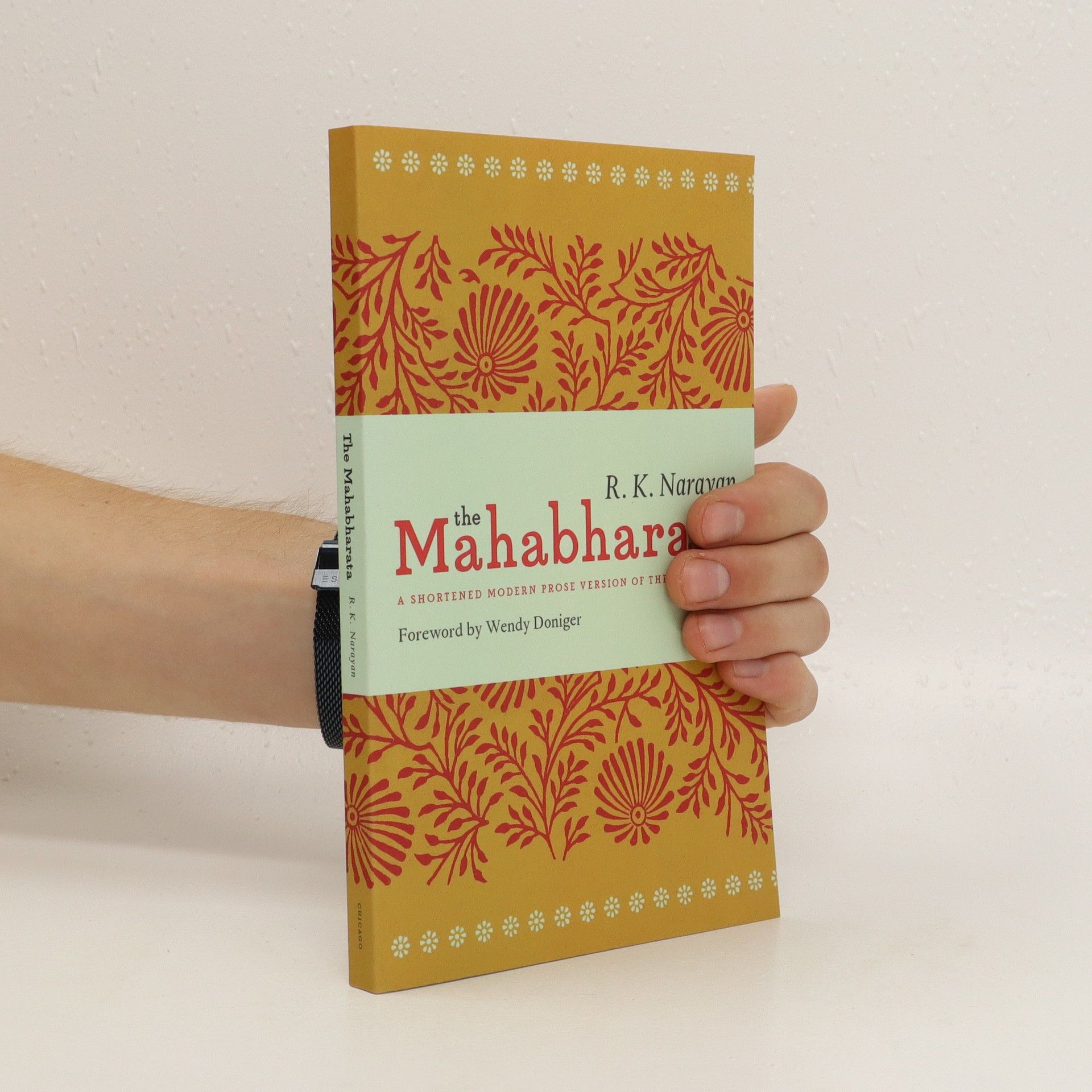The Mahabharata
- 216 stránok
- 8 hodin čítania
The Mahabharata is a narrative of profound violence and tragedy, so much so that many in India avoid keeping the full text at home, fearing misfortune. Spanning creation to destruction, this ancient poem is integral to Hindu culture and a significant work in ancient literature. Originating from various oral ballads, it evolved into a vast epic. The modern version is notably lengthy, exceeding 1.8 million words—seven times the combined lengths of the Iliad and Odyssey—making it daunting for many. However, R. K. Narayan’s skilled translation and abridgment offer a more accessible entry point for contemporary readers. This edition includes a new foreword by Wendy Doniger, along with a concise character and place guide and a family tree, making it suitable for a new generation. Doniger notes that Narayan’s storytelling resonates deeply because he grew up with these tales, allowing him to select the most fitting passages and translations. His elegant rendition distills a narrative that is both traditional and evolving, blending scholarly analysis with creative interpretation. The result is a translation that is clear and graceful, standing as a compelling story in its own right while serving as an adaptation of a larger work.
